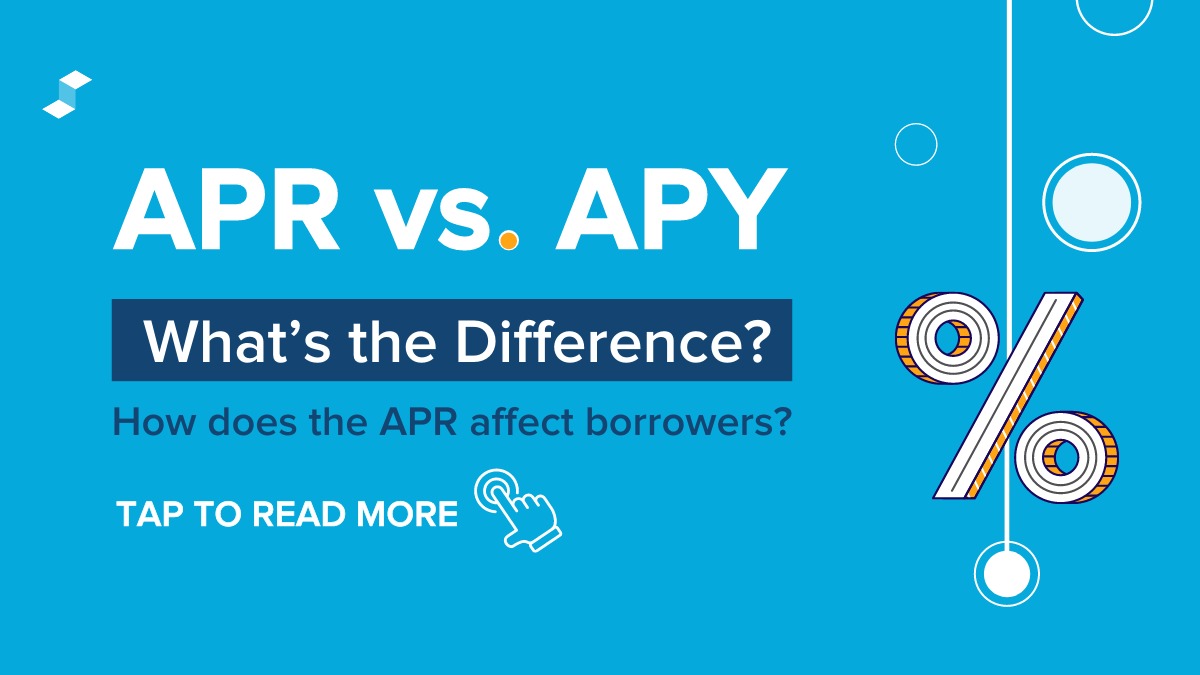Home>Finance>Section 16 Definition And SEC Filing Requirements


Finance
Section 16 Definition And SEC Filing Requirements
Published: January 26, 2024
Learn the definition of Section 16 and SEC filing requirements in finance. Ensure compliance with regulations to avoid penalties.
(Many of the links in this article redirect to a specific reviewed product. Your purchase of these products through affiliate links helps to generate commission for LiveWell, at no extra cost. Learn more)
Section 16 Definition and SEC Filing Requirements: Understanding the Basics
Do you ever find yourself sifting through countless Google search results, trying to figure out what Section 16 is and what SEC filing requirements are? Well, look no further! In this blog post, we will break down the basics of Section 16 and the filing requirements set by the U.S. Securities and Exchange Commission (SEC). So, sit back, relax, and let’s dive into the world of finance!
Key Takeaways:
- Section 16 requires insiders, such as directors, officers, and beneficial owners of more than 10% of a company’s stock, to report their transactions and holdings to the SEC.
- SEC filing requirements include forms such as Form 3, Form 4, and Form 5, which are used to disclose information about ownership changes, grants, sales, and acquisitions of securities.
Understanding Section 16 Definition
In the world of finance, Section 16 refers to a section of the Securities Exchange Act of 1934 that regulates transactions made by corporate insiders. Corporate insiders generally include directors, officers, and beneficial owners of more than 10% of a company’s stock. The objective of Section 16 is to promote transparency and prevent insider trading, ensuring that the public has access to information about these transactions.
So, who exactly qualifies as a corporate insider under Section 16? It’s important to understand that not all employees of a company are considered insiders. Typically, only high-level executives and individuals with a significant ownership stake fall into this category. It’s important for these insiders to comply with the filing requirements set by the SEC.
SEC Filing Requirements
The SEC requires insiders to file various forms to disclose their transactions and holdings. Some of the commonly used forms include:
- Form 3: This form is filed when an insider first becomes subject to Section 16 reporting requirements.
- Form 4: Insiders must file this form to report any changes in their ownership, including acquisitions, dispositions, and grants of securities.
- Form 5: Used to report any transactions or holdings that were not reported on Form 4 due to an exemption or exclusion.
These forms are crucial for providing transparency in the financial markets, as they allow investors to track the activities of corporate insiders. Additionally, they assist the SEC in monitoring insider trading and potential conflicts of interest.
Why Compliance with Section 16 and SEC Filing Requirements Matters
It’s important for corporate insiders to understand and comply with Section 16 and its associated filing requirements for several reasons:
- Legal Compliance: Failure to comply with Section 16 and SEC filing requirements can result in substantial penalties, including fines and potential legal consequences. Complying with these regulations ensures that insiders are in good standing with the SEC.
- Transparency and Investor Confidence: By providing timely and accurate information about their transactions and holdings, insiders contribute to market transparency and investor confidence. This, in turn, promotes a fair and efficient market for all participants.
- Prevention of Insider Trading: Section 16 and its filing requirements help prevent insider trading by ensuring that insider transactions are publicly disclosed. This enables regulators and investors to identify potential market abuses, protecting the integrity of the financial markets.
Closing Thoughts
Section 16 and SEC filing requirements play a crucial role in promoting transparency and integrity in the financial markets. Understanding the basics of Section 16 and the associated filing requirements is essential for corporate insiders to stay compliant and maintain trust with investors and regulators.
So, the next time you come across the term “Section 16” or wonder about SEC filing requirements, you’ll have a basic understanding of what they entail. Remember, compliance is key, and the transparency provided by these regulations benefits everyone involved in the finance industry.














